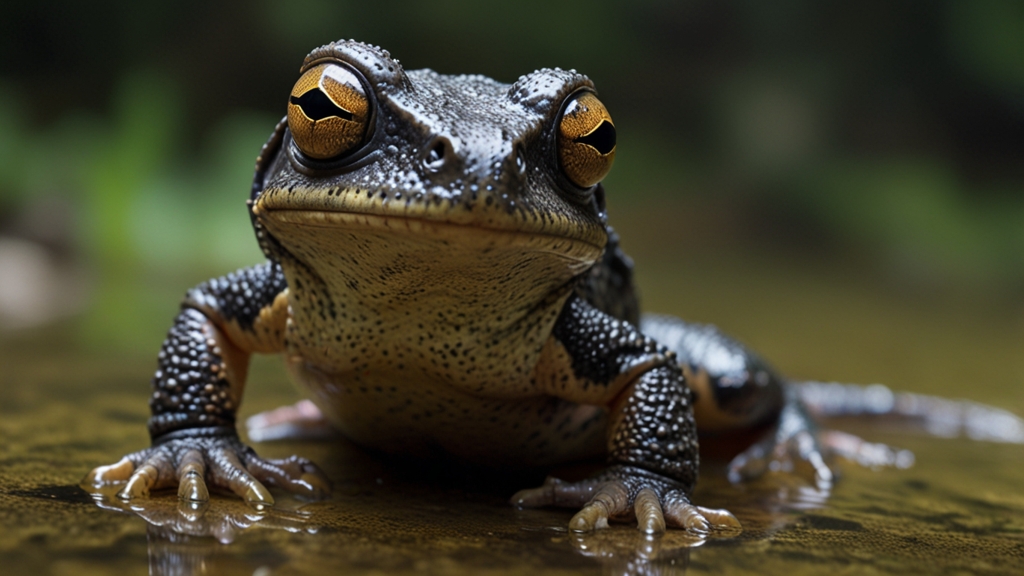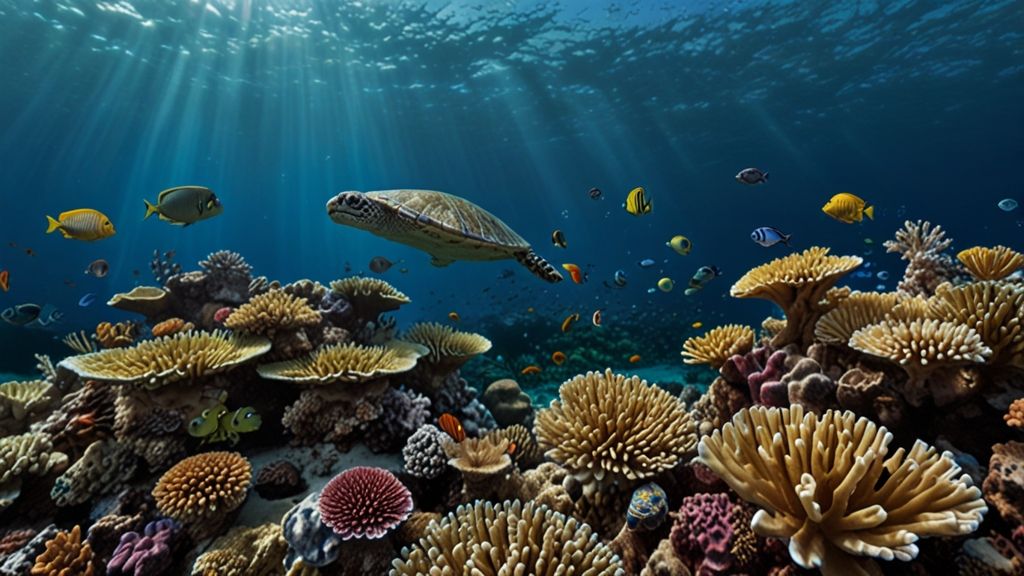Top 5 Amphibians That Look Like They Came From Another Planet
Amphibians are some of the most fascinating creatures on Earth, often straddling the realms of land and water with ease. However, there are certain species within this diverse group that look so strange and unique that they appear to have been plucked from an alien world. Here are the top 5 amphibians that look like they came from another planet.
1. Axolotl (Ambystoma mexicanum)
The axolotl, also known as the Mexican walking fish, is a neotenic salamander that retains its larval features throughout its life. With its feathery gills protruding like delicate plumes from the sides of its head and its almost translucent skin, the axolotl certainly exudes an otherworldly presence.
"The axolotl is truly the Peter Pan of amphibians, never growing up and keeping its youthful, bizarre appearance for life." – Herpetology Today
Found exclusively in the lake complex of Xochimilco near Mexico City, the axolotl is also remarkable for its regenerative abilities, capable of regrowing entire limbs and even parts of its heart and brain.
2. Indian Purple Frog (Nasikabatrachus sahyadrensis)
The Indian purple frog, also known as the purple pig-nosed frog, hails from the Western Ghats of India. This creature's balloon-shaped body and a small, pointed snout give it an appearance that seems more suited to a distant planet than to Earth's wet soil.
Despite its unusual looks, the purple frog spends most of its life underground, surfacing only for about two weeks a year during the monsoon season to breed. This elusive frog is an evolutionary marvel, tracing its lineage back to the time of the dinosaurs.
3. Surinam Toad (Pipa pipa)
The Surinam toad, native to South American freshwater habitats, truly takes the cake when it comes to unconventional appearance and reproductive strategy. Its flattened, leaf-like body, pairs of lidless eyes, and star-like fingers make it one of the oddest-looking amphibians on our planet.
"To witness a Surinam toad's reproductive process is to glimpse into a world where nature's rules seem to have no bounds." – Amphibian Weekly
During mating, the female's back becomes a brooding chamber, where eggs are embedded in the skin. These eggs hatch into fully formed froglets that eventually burst out of the mother's back, making for a sight both fascinating and macabre.
4. Chinese Giant Salamander (Andrias davidianus)
The Chinese giant salamander is not only the world's largest amphibian but also one of its most bizarre-looking inhabitants. Growing up to 1.8 meters (5.9 feet) in length, this salamander carries an ancient, almost primeval look with its rugged and wrinkled skin, tiny eyes, and a broad, flat head reminiscent of a creature from a forgotten age.
Highly endangered and rarely seen in the wild, efforts are ongoing to protect this astounding species. Its size and unique biological features make it an irreplaceable jewel in the planet's amphibian mosaic.
5. Olm (Proteus anguinus)
The olm, or the European cave salamander, is a captivating creature that embodies subterranean life. This blind amphibian, with its elongated body and pale, almost ghostly skin, spends its entire life in pitch-dark caves of the Dinaric Alps in Europe.
"The olm seems almost ethereal, a silent sentinel of the underground waterways where light never penetrates." – Natural World Explorers
What sets the olm apart is not only its peculiar, eel-like appearance but also its extraordinary adaptations to a life devoid of light, such as highly sensitive chemo- and mechanoreceptors that help it navigate and hunt in complete darkness.
Conclusion
These five amphibians, with their strange, almost alien features, remind us of the rich diversity and evolutionary creativity present in the natural world. They serve as a testament to the myriad forms life can take, often blurring the lines between Earthly biology and extraterrestrial imagination. Protecting these unique creatures and their habitats is crucial, ensuring that they continue to mystify and inspire future generations.












